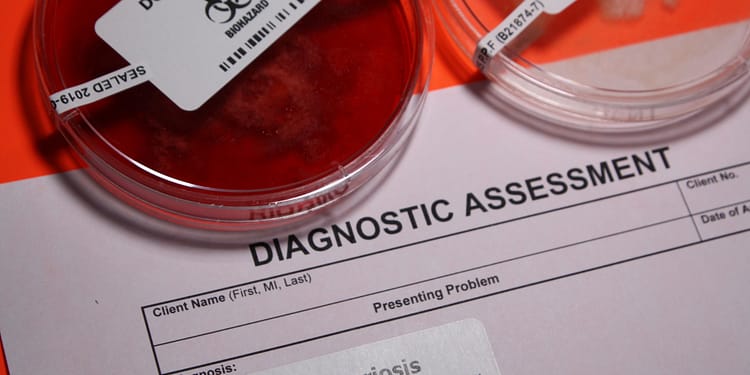- Cough, Mucus, and Respiratory Health: A Complete Guide - August 18, 2025
- Flogoprofen: what it's used for and how to take it - June 21, 2025
- What is Movicol oral solution in sachet used for and how to take it? - June 18, 2025
The panorama of zoonotic diseases in the European Union (EU) remains worrying. This is reflected in the report annual “One Health,” prepared by the European Food Safety Authority (EFSA) and the European Centre for Disease Prevention and Control (ECDC). In 2023, listeriosis cases reached their highest level since 2007. This increase highlights the need to understand How listeriosis is spread and strengthen prevention measures.
Listeriosis how it is spread: a growing threat
The report highlights a steady increase in listeriosis cases, which totalled 2,952 in 2023, a 16-year record. This increase could be linked to the ageing of the European population, where more than 21% of the population is over 65 years old, a particularly vulnerable group due to age-related chronic diseases.
The main source of listeriosis infection is found in ready-to-eat foods. These include smoked salmon, meat products and dairy products. Samples of these foods show levels of contamination by Listeria monocytogenes ranging from 0.11 % to 0.78 %, with fermented sausages being the most affected.
Campylobacteriosis and salmonellosis: the most common
Campylobacteriosis remains the most common zoonotic disease, with 148,181 cases reported in 2023, a significant increase from 139,225 cases in the previous year. Salmonellosis, the second most common, also showed an increase, with 77,486 cases compared to 65,478 in 2022.
A worrying fact is that only 15 EU Member States and the United Kingdom (Northern Ireland) met the reduction targets. Salmonella in poultry. By 2022, this target had been achieved by 19 countries. This decline highlights the need to strengthen surveillance and improve control measures.
“The persistent presence of Salmonella in poultry highlights the urgent need to improve surveillance and control tools,” said Frank Verdonck, Director of Biological Risks at EFSA.
Foodborne outbreaks: fewer events, more seriousness
Foodborne outbreaks declined slightly in 2023, with a total of 5,691 reported. However, the consequences were more severe. Human cases, hospitalizations and deaths all increased, the latter being the highest in a decade. Salmonella, that the WHO also included in its list of urgent vaccines, was again the main cause of outbreaks. Eggs, mixed foods and chicken meat were among the most common sources.
Advances in whole genome sequencing have improved the ability to detect outbreaks, allowing for a faster response in countries that adopt this technology.
Comprehensive strategy
The report reinforces the importance of the One Health approach, which integrates human, animal and environmental health to combat complex health threats. “This approach makes it possible to better prevent the spread of diseases and protect public health,” explained Céline Gossner, Head of Emerging Diseases at ECDC.
EFSA has launched a simplified version of the report. The publication includes maps and interactive dashboards designed to facilitate the understanding of data on zoonoses and foodborne outbreaks in the EU.
The fight against zoonotic diseases is a constant challenge. For this reason, the problem requires the collaboration of governments, industry and citizens to ensure food safety. In addition, it seeks to protect both human health and the environment.






